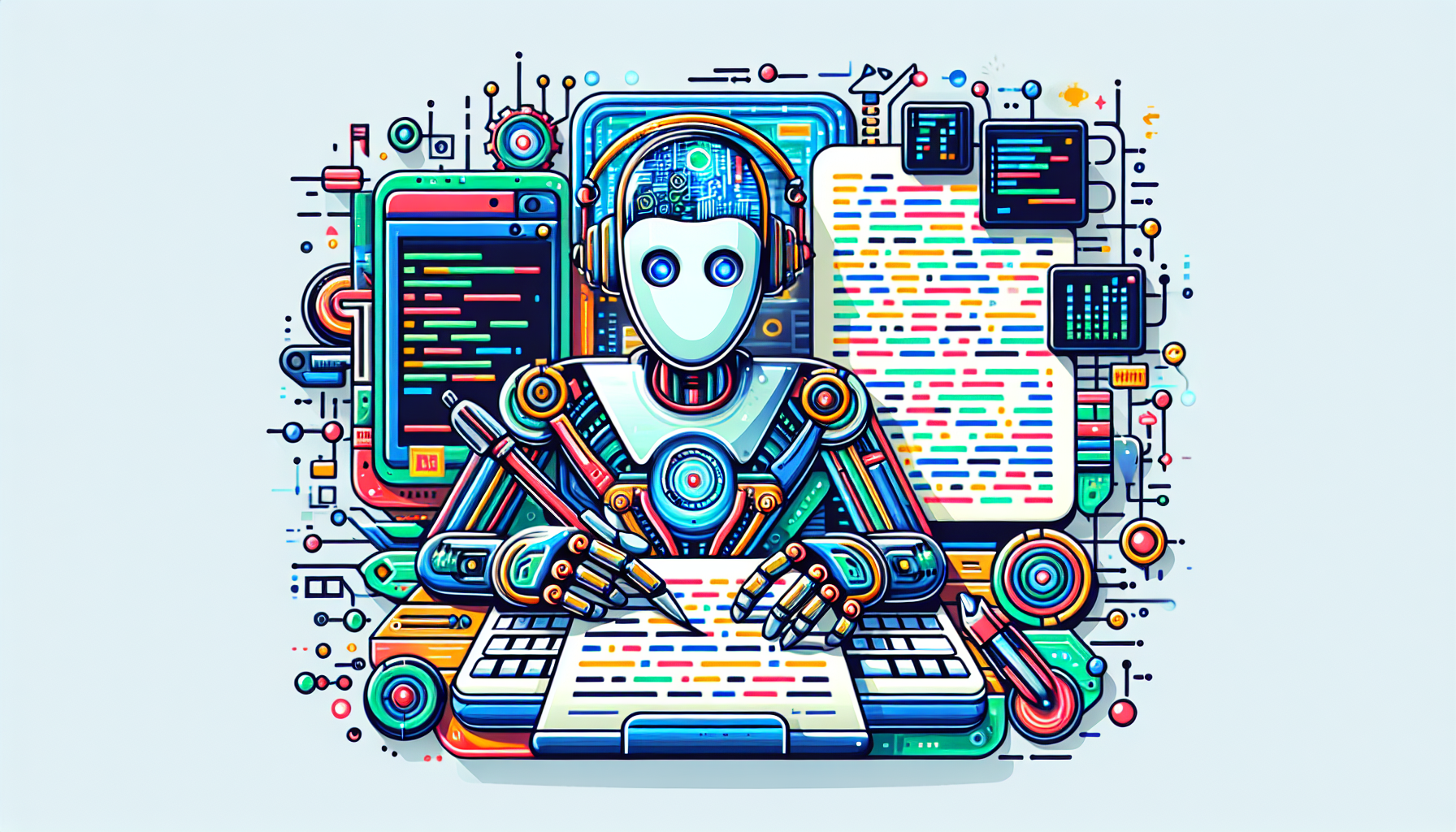
Understanding AI Screenwriting: How it Works
In recent years, artificial intelligence (AI) has made significant strides in various fields, including the creative industry. One of the most intriguing applications of AI is in screenwriting, where it assists in crafting scripts for movies, television shows, and other forms of visual storytelling. This revolutionary approach is reshaping the traditional methods of storytelling, enabling creators to explore new horizons and efficiencies in script development. Here, we delve into the mechanics of AI screenwriting and its implications for the future of entertainment.
The Fundamentals of AI Screenwriting
At its core, AI screenwriting involves the use of machine learning algorithms to generate or assist in the creation of screenplay content. These algorithms are trained on vast datasets comprising existing screenplays, books, articles, and sometimes even images or video content. By analyzing patterns, story structures, character arcs, and dialogue from these datasets, the AI learns how to construct narratives that resonate with human emotions and storytelling conventions.
How AI Screenwriting Works
AI screenwriting typically follows a few essential steps:
- Data Collection and Processing: AI algorithms require a substantial amount of relevant data to learn from. This data includes scripts, books, and other narrative forms. The collected material often goes through preprocessing to structure it in a way that’s understandable to the machine.
- Training: Using techniques such as natural language processing (NLP) and deep learning, the AI is trained to recognize and predict patterns in storytelling. This phase involves the algorithm learning about genres, character development, plot structures, and dialogue.
- Generation: After training, the AI can generate content. This might be in the form of suggesting dialogue, creating characters, or even producing entire script drafts. Creators can provide specific prompts or guidelines, such as genre or plot elements, to direct the AI’s output.
- Refinement: The generated content usually goes through several rounds of refinement, with human writers editing or tweaking the AI’s suggestions to ensure coherence, creativity, and adherence to the desired narrative tone.
Benefits and Applications
AI screenwriting offers a plethora of benefits. It can significantly reduce the time taken to develop scripts by providing a base on which writers can build. Additionally, it helps overcome writer’s block by suggesting narrative possibilities, character dialogues, and plot elements. AI can also be used to modify existing scripts to fit different genres or audiences, offering new perspectives on traditional narratives.
Challenges and Ethical Considerations
Despite its advantages, AI screenwriting raises several challenges. Ensuring originality and avoiding the reproduction of clichés or biases present in the training data are major concerns. Moreover, the ethical implications regarding authorship and copyright need to be carefully navigated. As AI-generated content becomes more prevalent, the industry must address these concerns transparently and responsibly.
Looking Ahead
As AI technology continues to advance, its role in creative processes like screenwriting is expected to grow. Collaborations between human writers and AI have the potential to produce innovative and diverse narratives, expanding the boundaries of storytelling. While AI may not replace human creativity, it serves as a powerful tool for augmenting the storytelling capabilities of writers, offering exciting possibilities for the future of entertainment.






